

October 2024 PRIMA advances to next round of $1B NASA mission selection
April 2024: Undergraduate Keaton Donaghue awarded NSF-GRFP
March 2024: Prof. Mills receives NSF CAREER award
April 2023: Graduate Student Ashley Lieber awarded Self Fellowship
September 2022: Prof. Mills awarded $1.1 million Collaborative NSF grant
May 2022: JACKS survey awarded 110 hours of time in VLA Semester 22B
January 2022: Prof. Mills joins PRIMA as a co-I
July 2021: ACES ALMA Large Program accepted
June 2020: Prof. Mills gives AAS Plenary
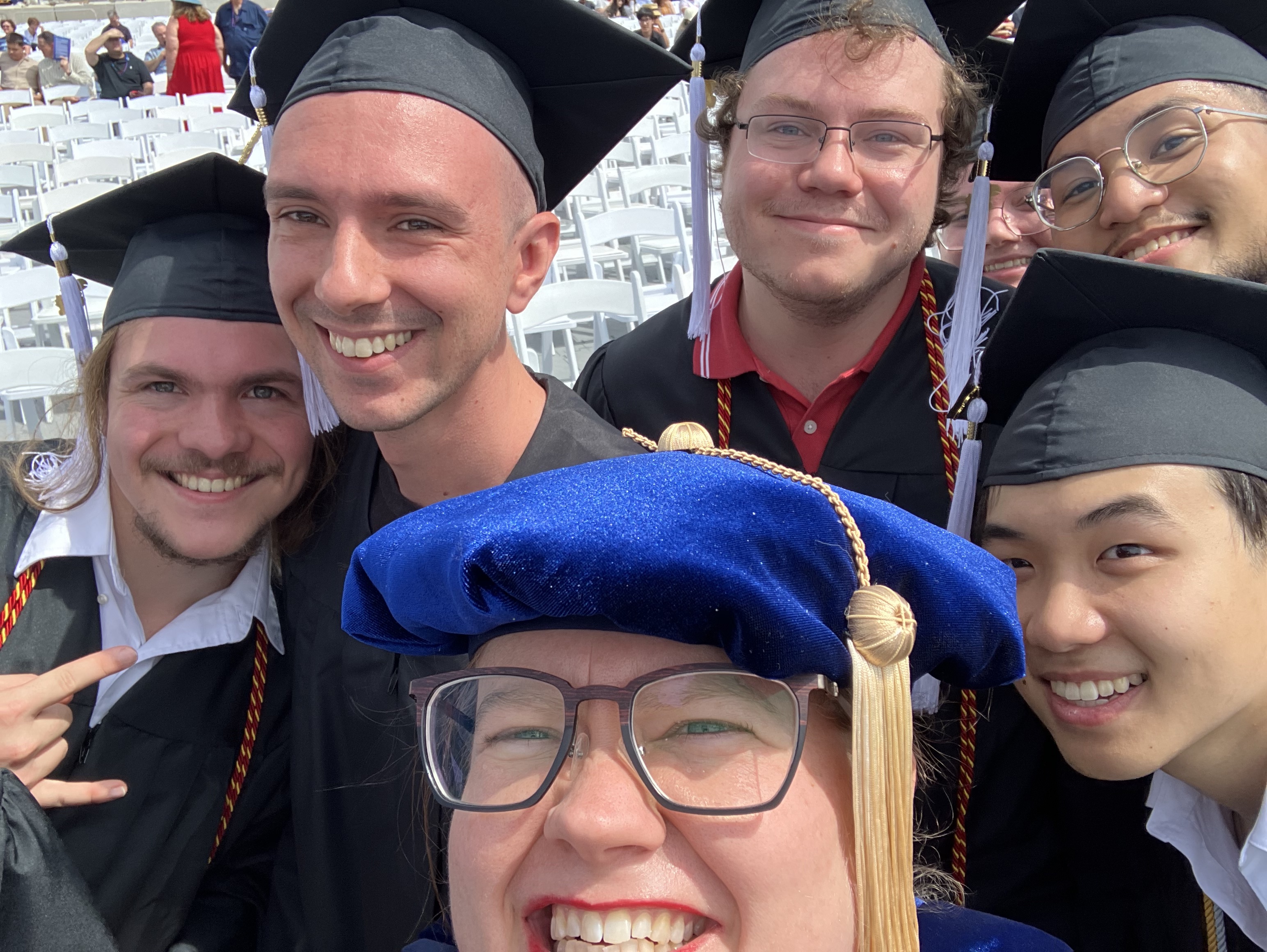
Our group studies the physics and chemistry of gas in the most extreme environments in the nearby universe. We specialize in radio, millimeter, and infrared spectroscopy of galaxy centers, starbursts, and active supermassive black holes. We are committed to providing a work environment free of discrimination and harassment.
Current Group Members
Alumni
Keaton Donaghue (Graduated 2024)
Andrew Merritt (Graduated 2024)
Ryan Cosgrove (Graduated 2024)
Louen Robin (2024 intern)
Jen Wallace (UConn Grad student)
Mathilde Pottier (2021 intern)
Tierra Candelaria (NMT Grad student)
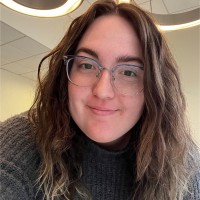
Graduate Researcher

Post-baccalaureate Researcher
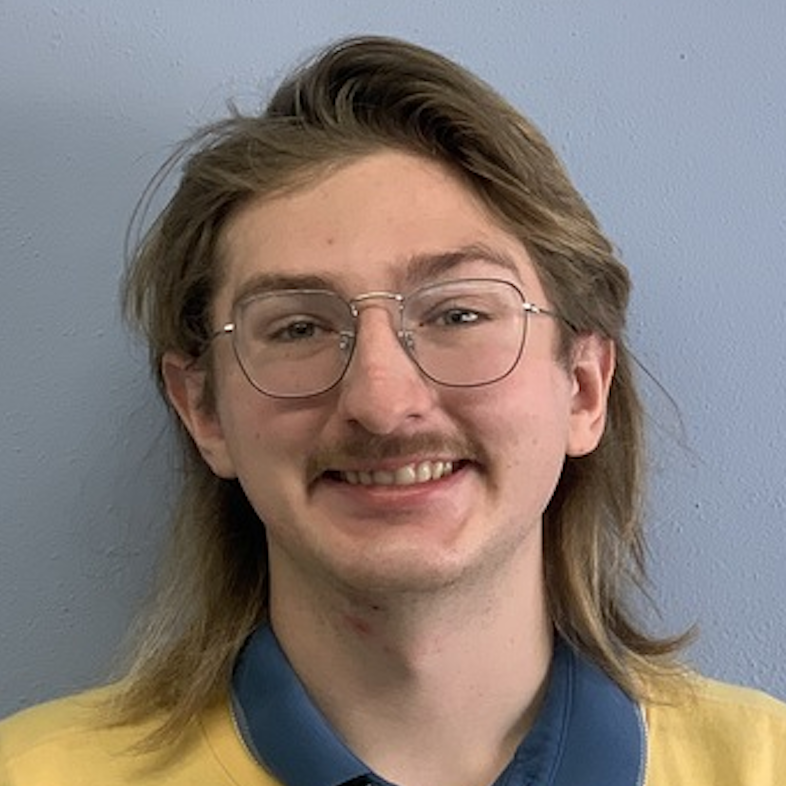
Undergraduate Researcher
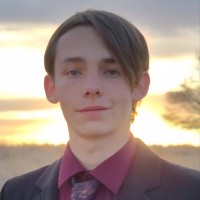
Undergraduate Researcher
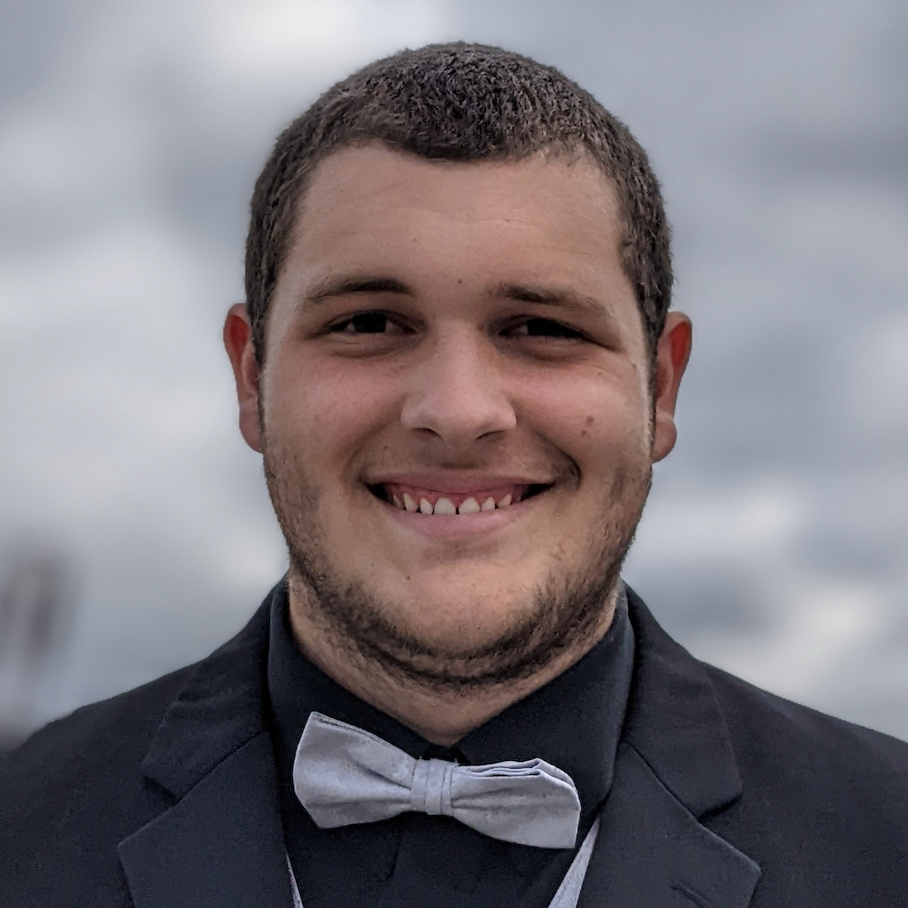
Undergraduate Researcher
Our research focuses on studying the properties of the gas in the center of our galaxy and other nearby galaxies. We observe spectral lines from a range of molecules and try to figure out how much gas is present, where it is located, how it is moving, and its temperature, density, and chemical composition. We work to answer questions like how black holes are fed and grow, how galaxies shut off star formation through feedback, and how unique gas properties in galaxy centers impact the physics of these processes. Our work is done primarily with ground-based telescopes, especially radio and millimeter interferometers like the VLA and ALMA.
You can find and download all group publications here.
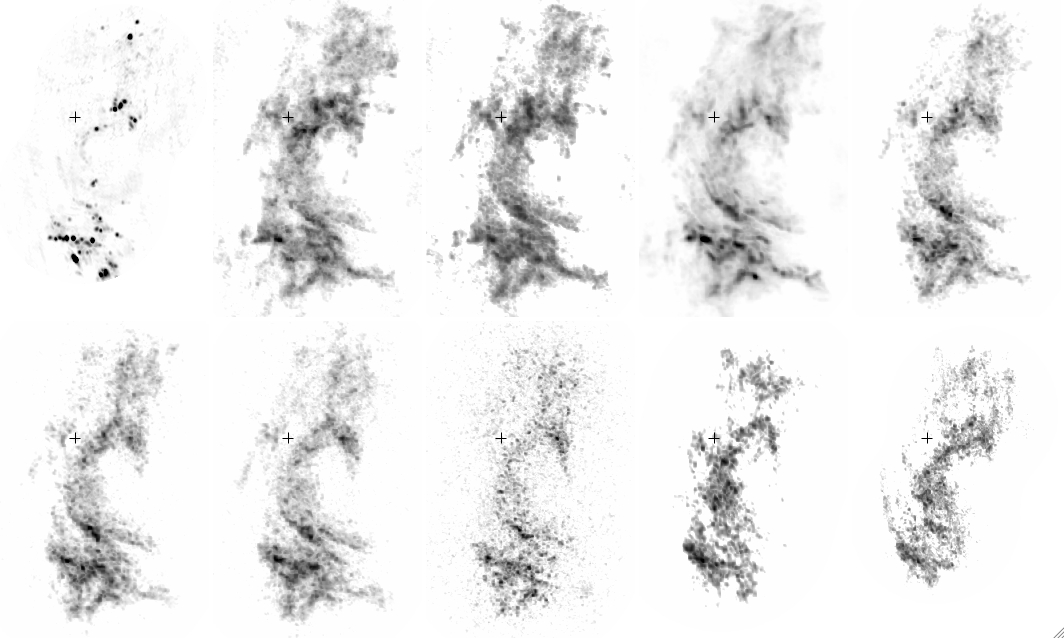
Star Formation: The transformation of interstellar gas into stars and clusters and its subsequent impact on the surrounding environment (Mills et al. 2011; Mills et al. 2015)
Molecular Excitation: Using the quantum properties of molecules for remote sensing of gas temperatures, densities, and radiation fields (Mills and Morris 2013; Mills et al. 2018a)
Astrochemistry: The abundance, formation, and distribution of molecules, and the reactions that take place in interstellar gas. (Mills & Battersby 2017; Mills et al. 2018b)
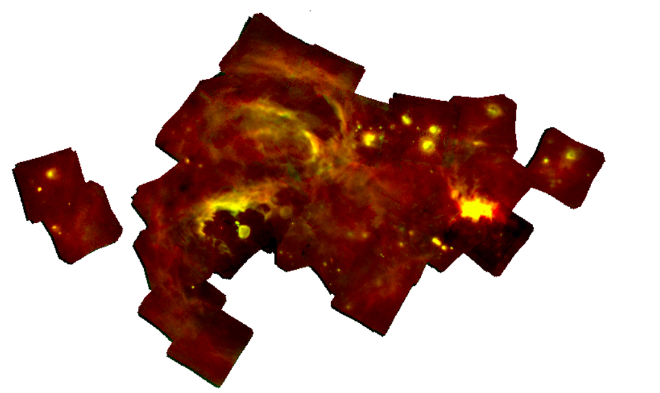
The Central Molecular Zone: Inner 300 parsecs of the Milky Way, and the home of unusually hot, dense, turbulent, and chemically-rich molecular gas (Mills 2017)
The Circumnuclear Disk: Similar in size to an AGN torus, this 3 parsec-wide structure is the closest that molecular gas gets to the currently quiescent supermassive black hole (Mills et al. 2013; Mills, Kaufman, and Togi 2017)
Sgr B2 The most massive molecular cloud in the Galactic center, it is also the most chemically rich and hosts the most active star formation (Mills et al. 2018b; Mills et al. 2018c)
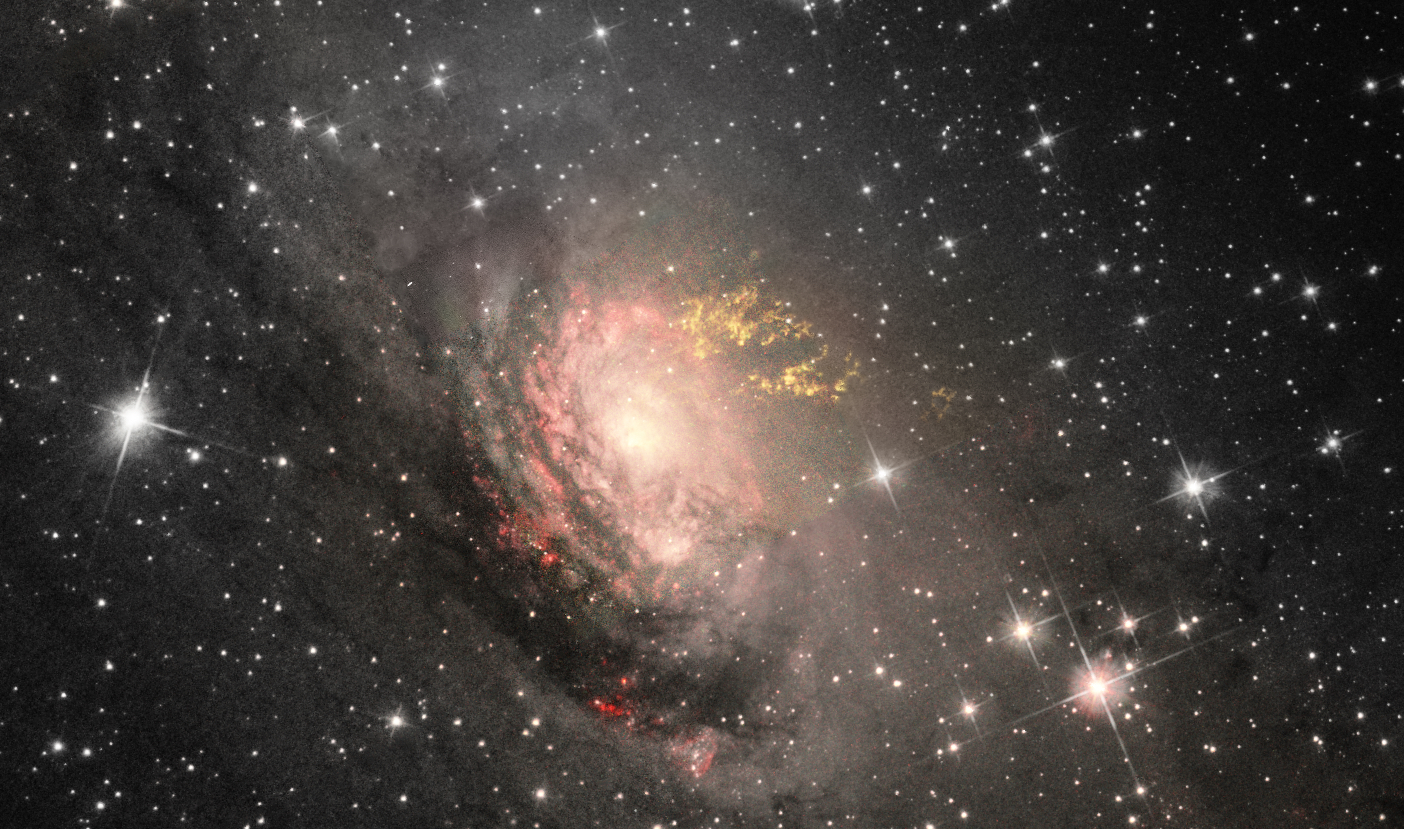
NGC 253: A barred spiral galaxy located 3.5 Mpc away, with a massive molecular outflow from a nuclear starburst producing 30x more new stars than the Milky Way center (Leroy et al. 2018; Mills et al. 2021; Levy et al. 2022)
NGC 4945: A nearby (3.8 Mpc) Seyfert galaxy with both an active black hole and a starburst at its center (Emig et al. 2020)
Circinus: A spiral galaxy at a distance of 4.2 Mpc from the Milky Way, hosting an active black hole that is believed to be the driving source of a molecular outflow (Zschaechner et al. 2018)
These are some examples of my applications for postdoctoral fellowships, permanent positions, and grants for academic years between 2012-2013 and 2018-2019. Many of these were successful, but not all of them were! I believe that more open sharing of these sorts of resources is important to eliminating access barriers in our field. Please use and share with kindness!
Postdoc Applications
Full Jansky Application (2013)
UC President's Fellowship (2015)
Examples of adapting research statements to varied lengths
Permanent Positions
Grants
Elisabeth A.C. Mills
Assistant Professor
Department of Physics and Astronomy
University of Kansas
1251 Wescoe Hall Dr. Lawrence, KS 66045
Office: 2058B Malott Hall
Phone: 785.864.1778
E-mail: eacmills@ku.edu